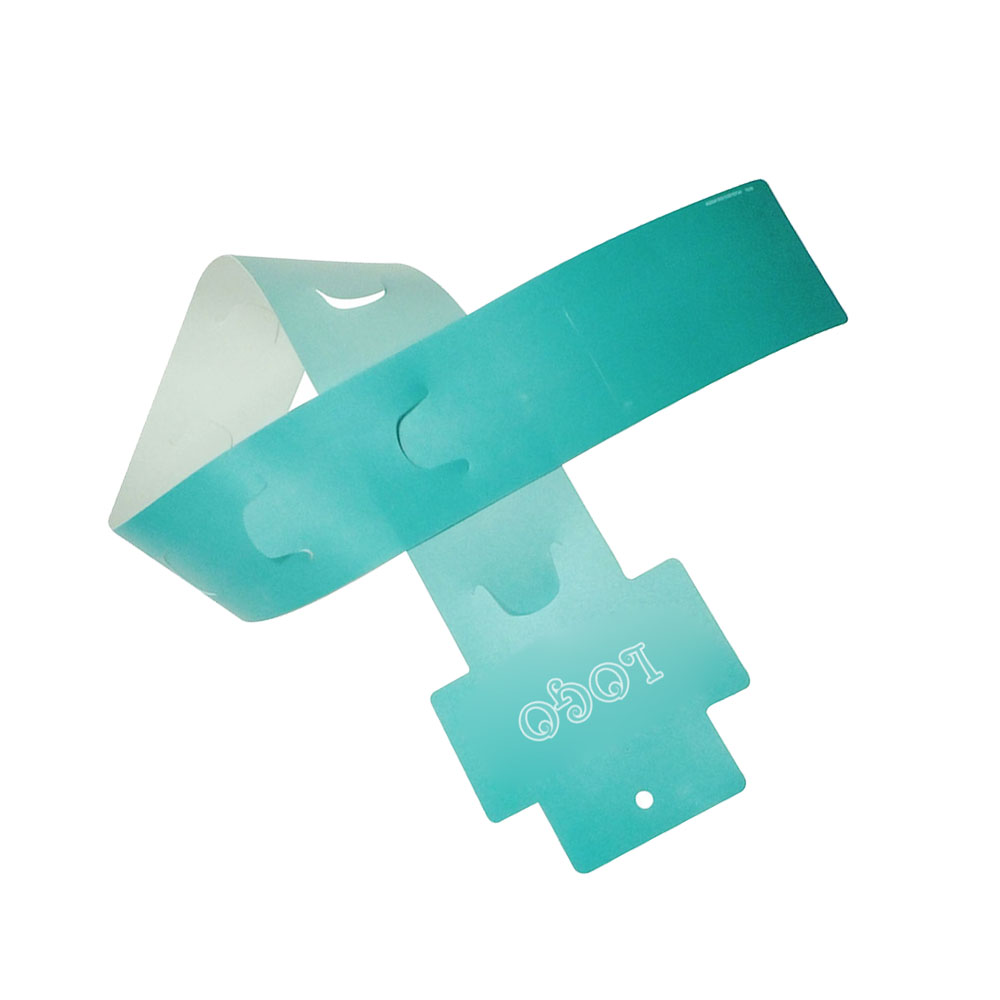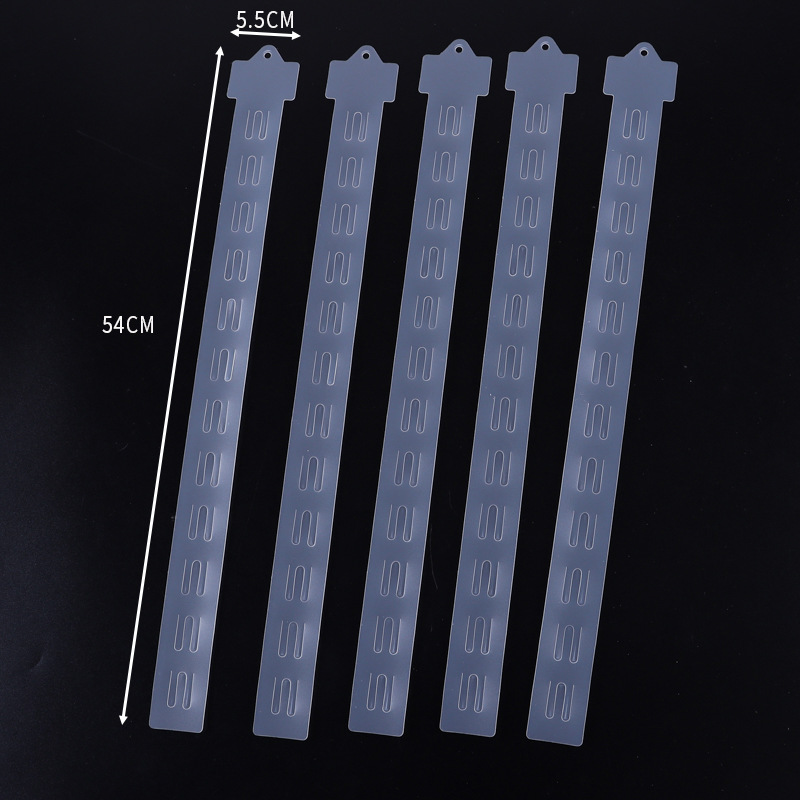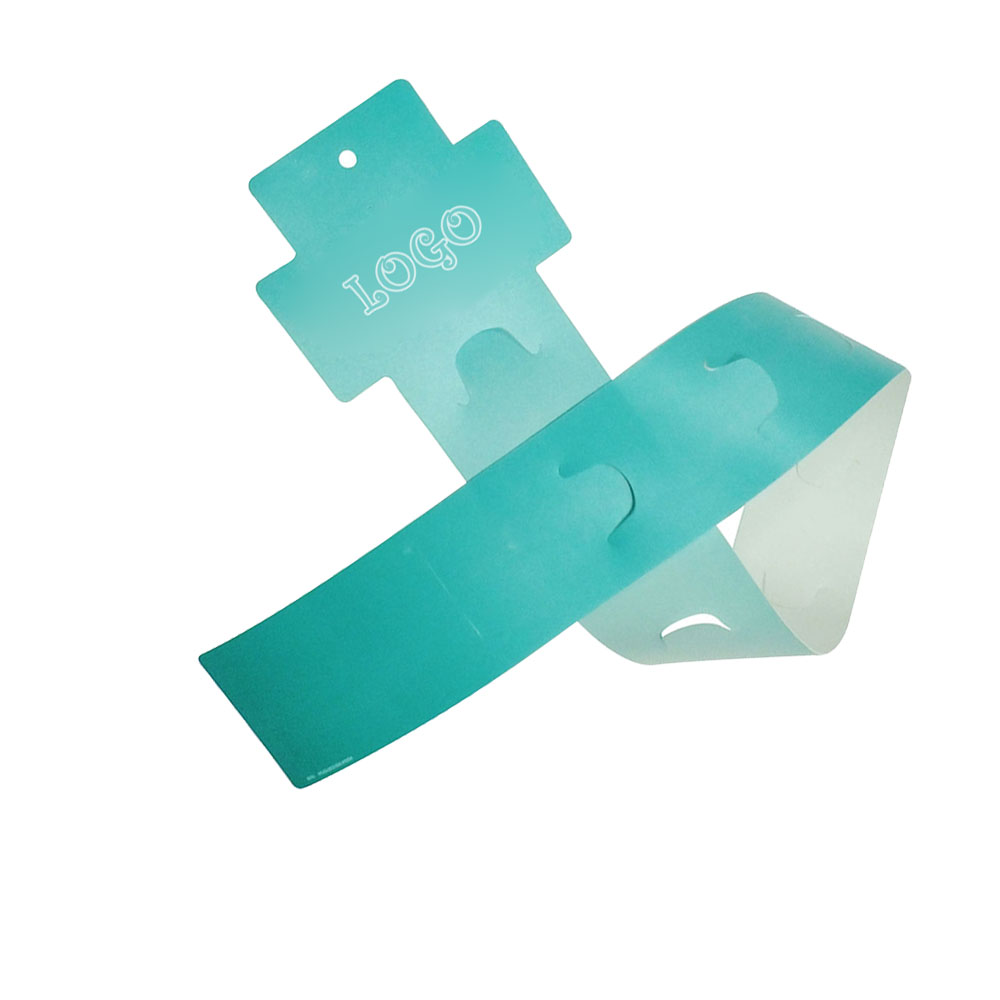クリップ・ストリップの紹介とその目的
Clip strips are a popular retail product display consisting of a length of plastic or metal with clips or hooks at regular intervals. Invented by Edward Spitaletta in 1980, clip strips are thin pieces of metal or plastic with hooks placed at intervals to support lighter items. These hang strips come in different lengths and spacing to adapt to the size of the object being displayed.

クリップ are commonly used in retail settings to display items securely and efficiently. Strong plastic clips that hang from the chain allow retailers to present their goods clearly. Clip strips can also be customized to fit the specific needs of a store. They can be used as a second placement tool in retail, allowing retailers to group products and offer more information. By using clip strips, retailers can highlight items that shoppers need to see to buy, without taking up any additional space.
One of the significant benefits of using clip strips for merchandising is that they provide a great opportunity for retailers to educate their customers. While clip strips are primarily used to hang or present merchandise to customers, they can also be used to group related items and offer more information. This cross-merchandising technique allows retailers to increase sales and improve the shopping experience for their customers. Additionally, clip strips are easy to load and reattach, making them a practical and convenient tool for retailers. Whether attached with a hook or a clip, clip strips provide a perfect way to cross-merchandise related items.
Types of clip strips and their features
Clip strips are a popular point-of-sale display solution that allows multiple products to be hung on a single strip of plastic with hooks or clips attached to it. Clip strips come in different types, each designed to support different products and display needs. For lighter items, hang strips with shorter or longer spacing are available.
Different clip strip materials offer unique features. For instance, metal clip strips are a permanent solution to strip merchandising. These durable strips are utilized by route drivers and merchandisers. On the other hand, plastic clip strips are lightweight and easy to handle. They can be easily customized to fit specific product sizes and shapes. Additionally, plastic clip strips are available in different sizes and capacities, making them suitable for various product types. For heavier items, heavy-duty plastic clip strips are recommended. It is essential to choose the right clip strip material based on the product weight, durability, and customization needs.

Clip strips come in different sizes and capacities. The oversized header of some clip strips accommodates label sizes of up to 2.875" W x 1.875" H. Clip Strip Merchandising Strips without tape are available in 12 stations and 32.5" long, with hooks spaced 2.375" apart. Heavy-duty metal merchandising strips with 12 hooks and a branding header are also available. These strips are a more permanent style "clip strip" merchandiser that holds heavier packages. The recommended size and capacity of the clip strip depend on the product size and weight. It is essential to consider the product's dimensions and weight when selecting the appropriate clip strip size and capacity.
Best practices for using clip strips in retail settings
Choosing the right products for clip strips is crucial for maximizing sales in retail settings. Clip strips are ideal for promoting small, lightweight items that can be hung from their hooks or clips. When selecting products for clip strips, consider those that are complementary to other items in the store or those that have a high impulse purchase potential. For example, a hardware store might use clip strips to display small tools or hardware accessories that are often purchased together. By selecting the right products, retailers can increase the likelihood of customers making additional purchases and boost overall sales.

Placement and positioning of clip strips can also have a significant impact on their effectiveness in driving sales. It's important to strategically place clip strips in high-traffic areas where they are easily visible to customers. Consider placing them near checkout counters, end caps, or other areas where customers tend to linger. Additionally, positioning complementary products together on a clip strip can encourage customers to make additional purchases. Retailers should experiment with different placements and positioning strategies to determine what works best for their store's layout and customer base.
Maximizing sales with effective clip strip use requires attention to detail and a willingness to experiment with different strategies. Retailers should regularly evaluate their clip strip displays to ensure that they are well-stocked and visually appealing. They should also consider customizing clip strips to better fit their store's branding and design.
関連商品

ディスプレイ用クリップ・ストリップ

小売用クリップ





















